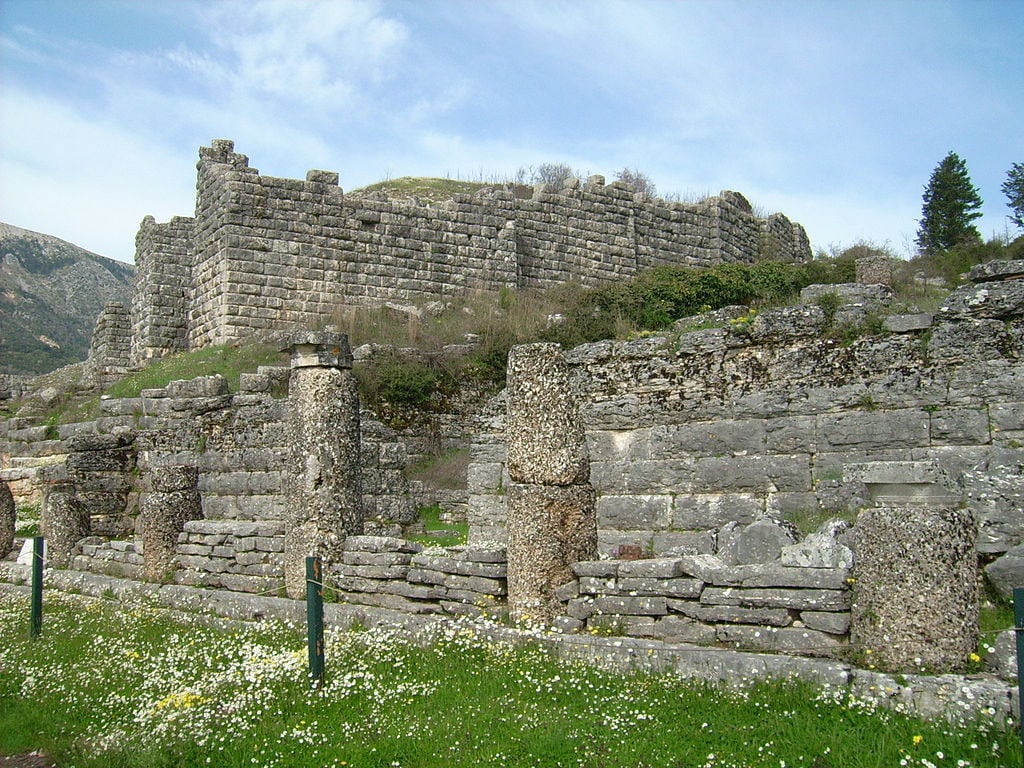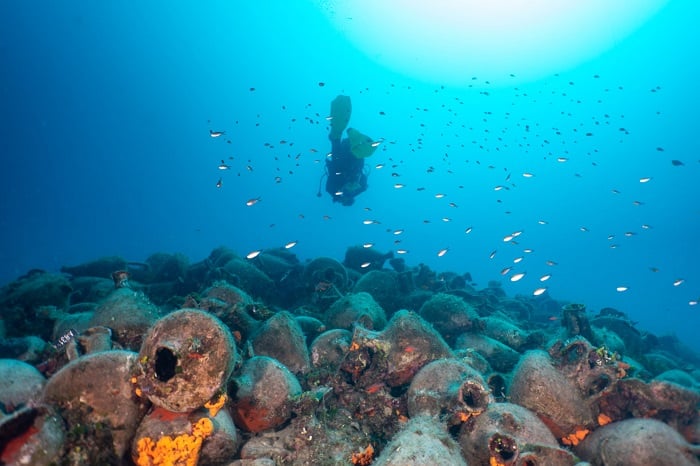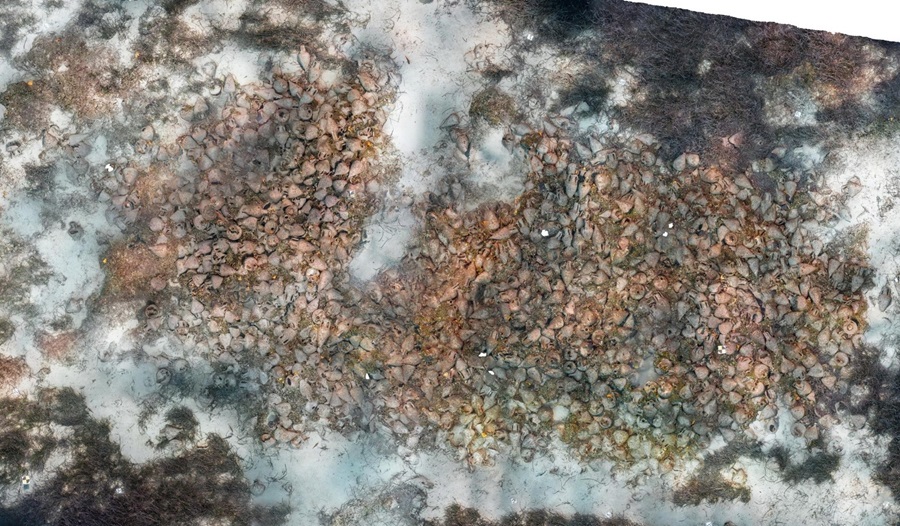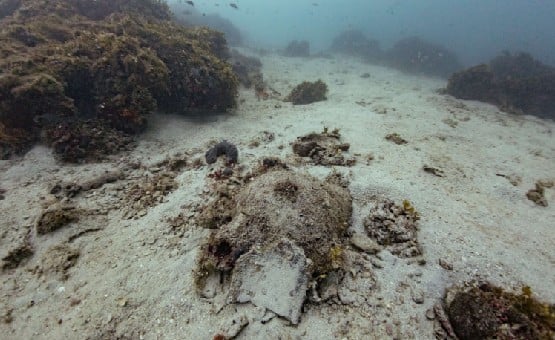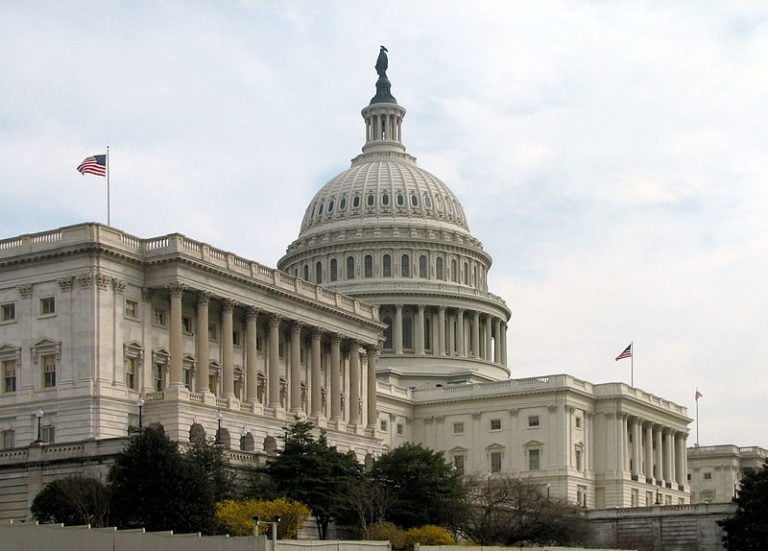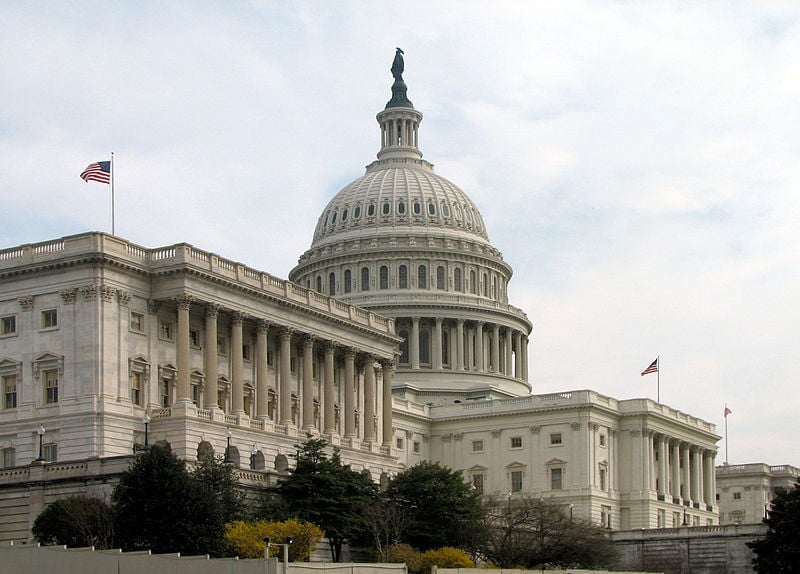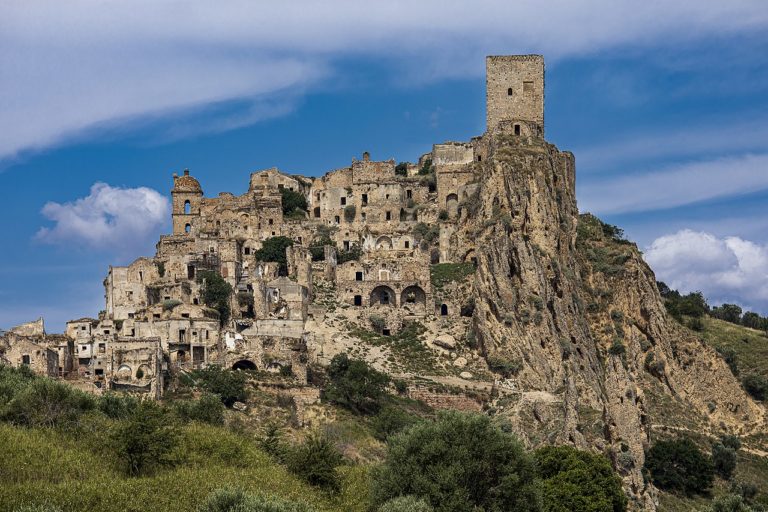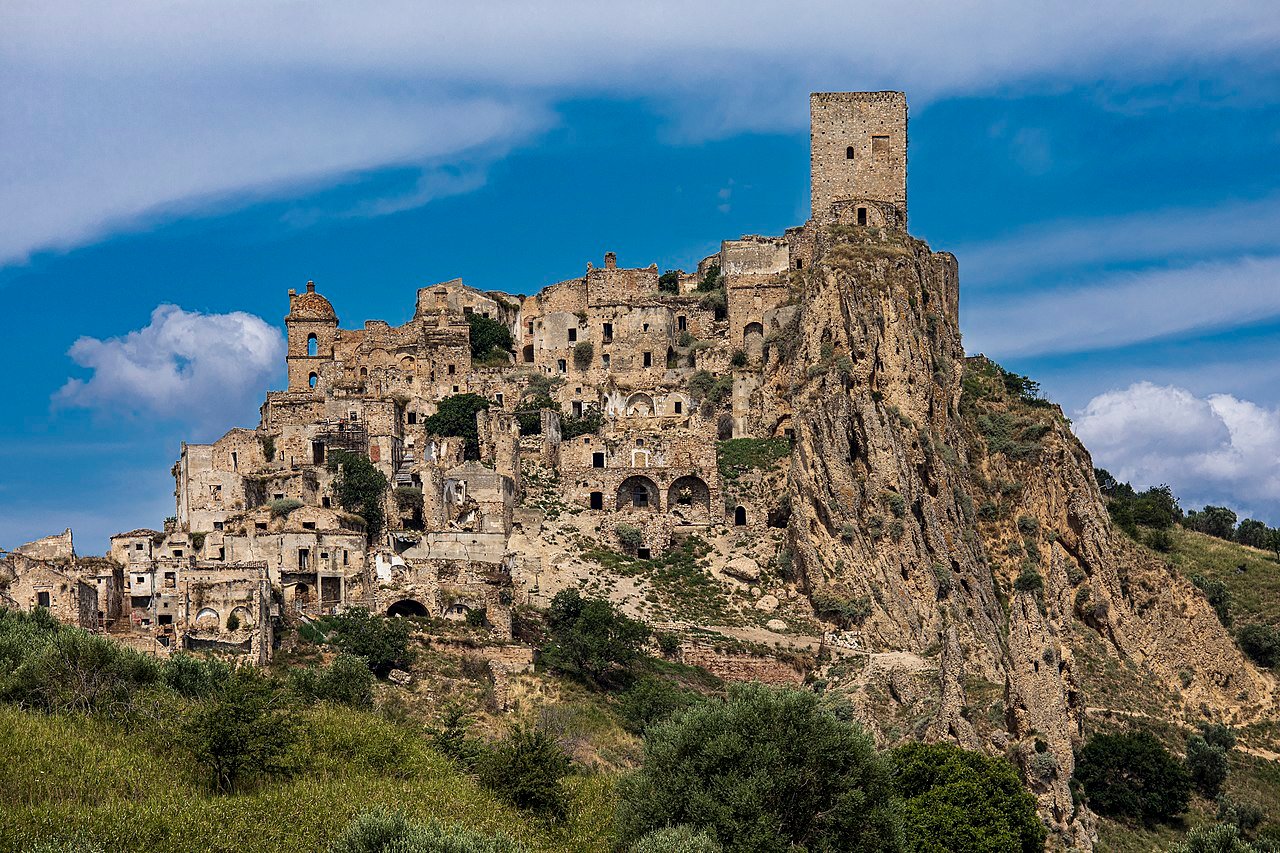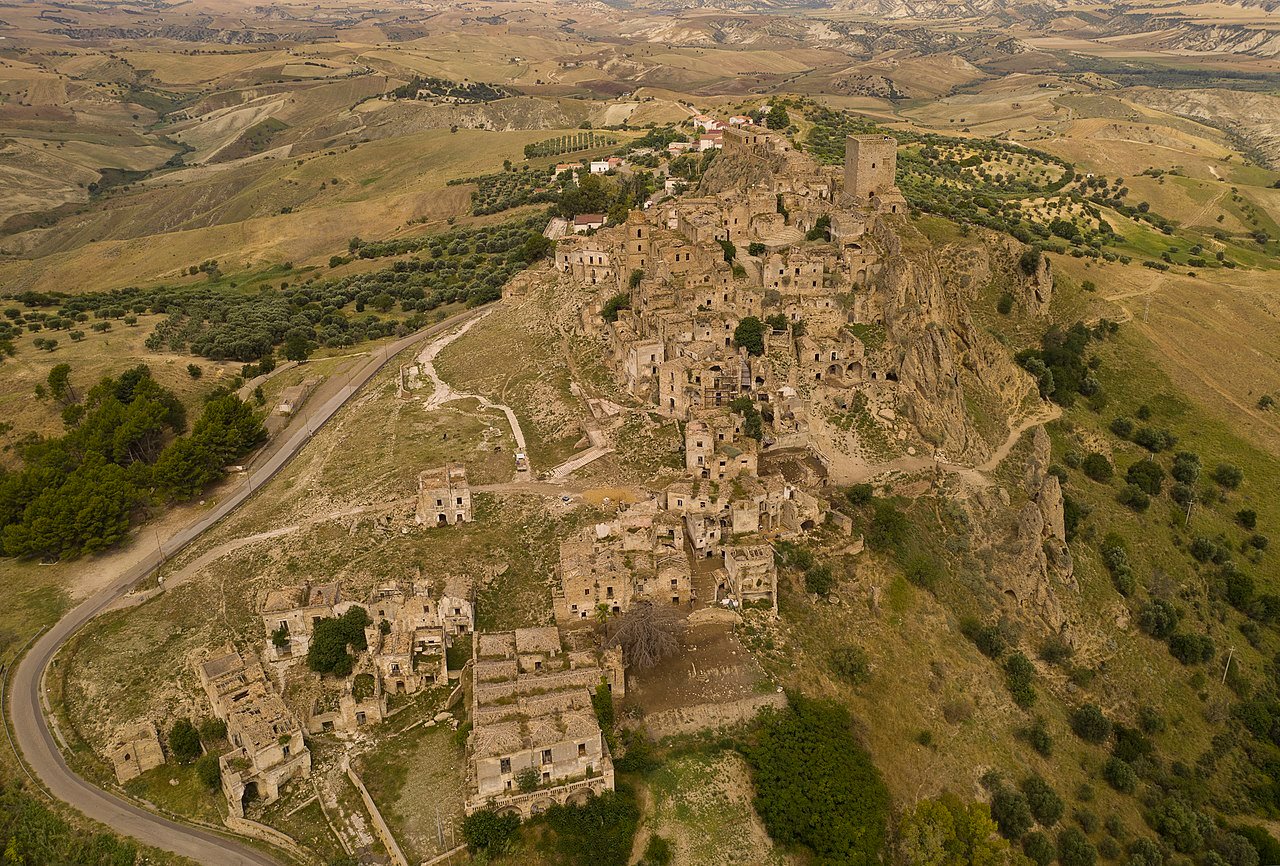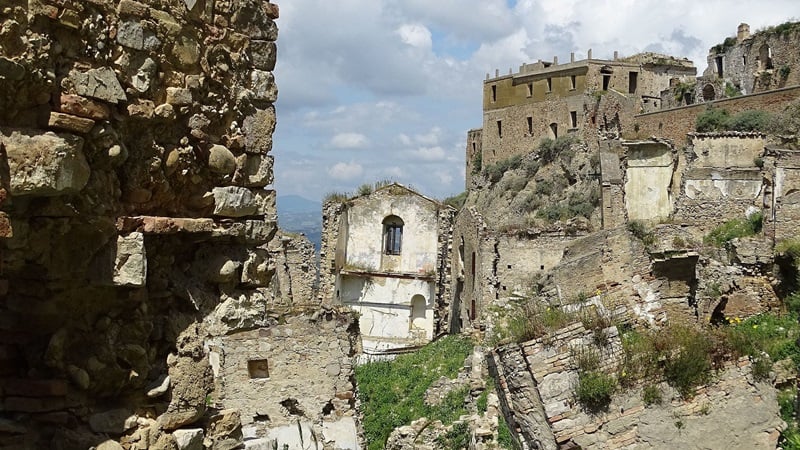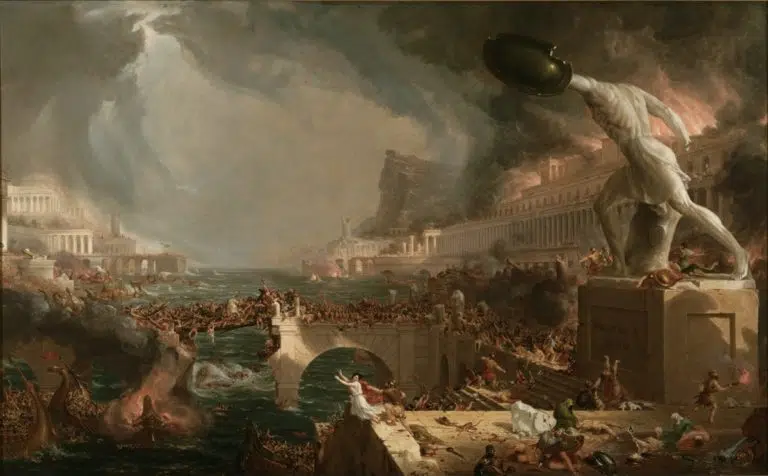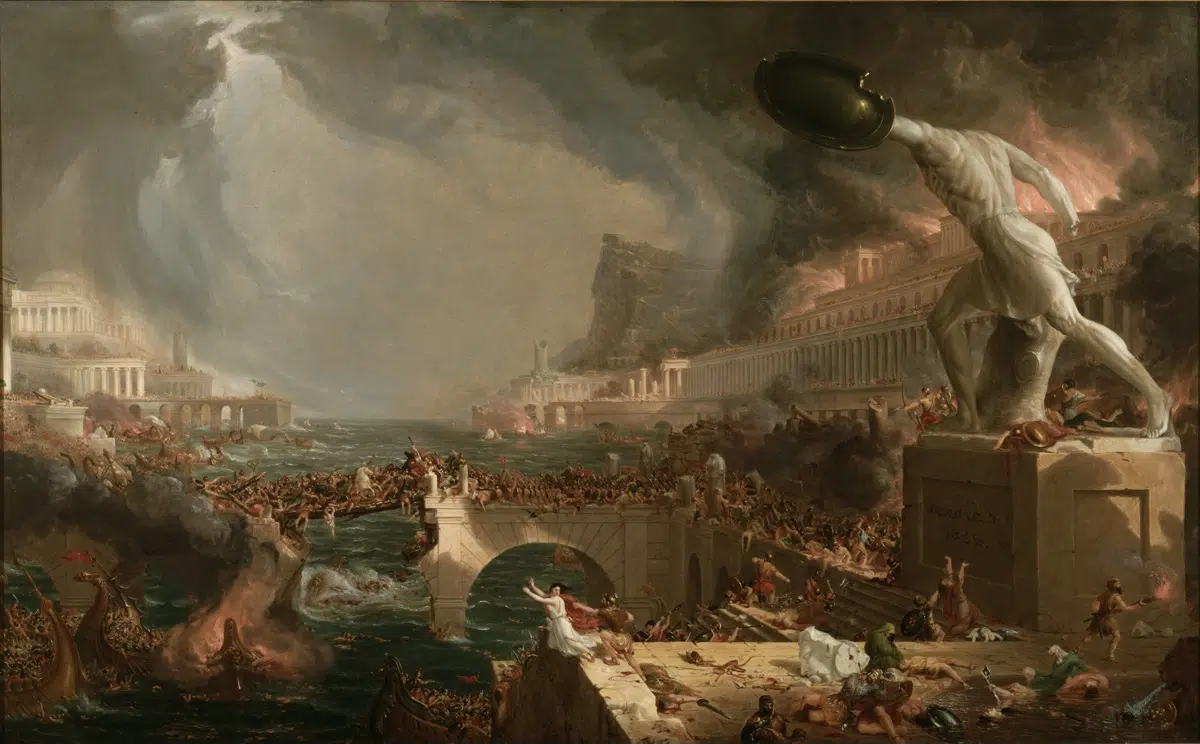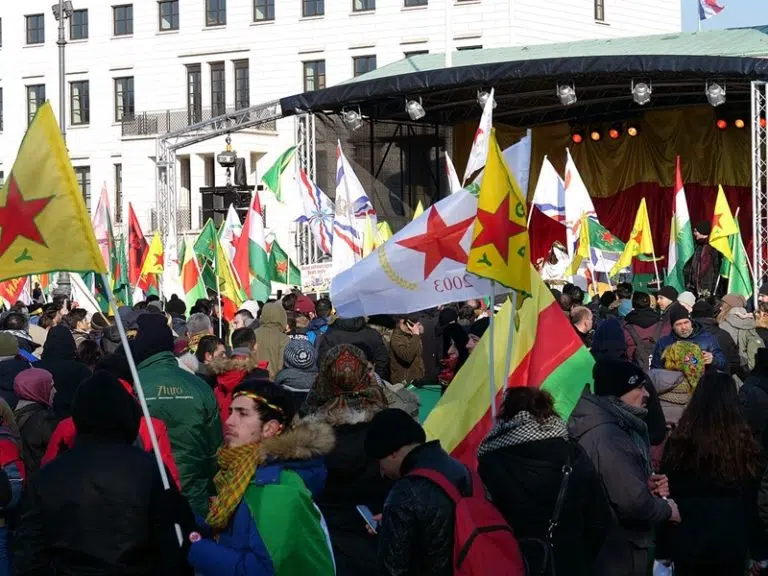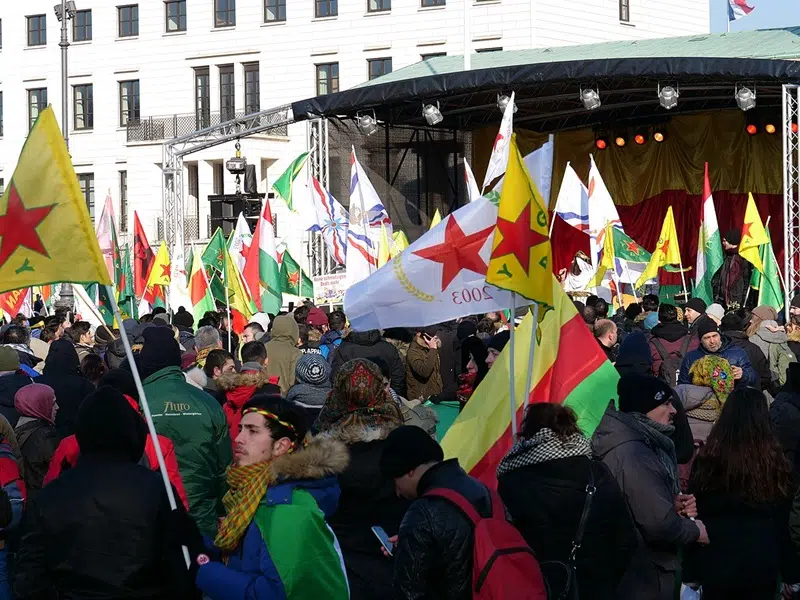
Sumerian civilization appears to have been established in southern Mesopotamia around 4000 BC, while some historians place it as far back as 5000 BC.
Established in the Fertile Crescent between the Euphrates and Tigris rivers in modern-day Iraq, Sumer was the first urban civilization in the region. From early on, they had developed skills in farming and raising cattle. They also wove textiles and were skilled carpenters and pottery makers. More importantly, Sumerians are credited with inventing the wheel around 2500 BC.
Mesopotamians are noted for developing one of the first written scripts around 3000 BC in the form of wedge-shaped marks pressed into clay tablets. This cuneiform script was also adapted and used for roughly two thousand years by surrounding peoples.
One of the world’s first great works of literature, The Epic of Gilgamesh, was written in cuneiform. This form of writing was used for sales and purchases, correspondence, and sharing tales.
Sumerians had developed a merchant navy to import and export goods, traveling into the Persian Gulf and making trade and cultural exchanges with other peoples, such as the Harappans in Northern India. They made and traded textiles, leather goods, and jewelry for semi-precious stones, copper, pearls, and ivory of the Harrapans.
They were polytheistic and many of their deities had anthropomorphic forms, much like the gods worshipped by ancient Greeks. Their dedicated temples were built atop massive ziggurats situated in the centers of most Sumerian cities. Like the pyramids in Egypt, these structures would have taken thousands of people and many years to construct.
Sumerian cities
Sumer was not a country in the modern-day definition. It was a combination of various city-states that were often at war with one another. This is why they were surrounded by walls with the villages spread around them. The Sumerians were the first to establish a city in terms of urban structure and organization. They had schools in order to pass knowledge to children and were the first documented people to have learning establishments. Moreover, they invented the cylinder seal, a personal identification seal for citizens.
Sumerian Uruk is considered the first city in the world by some historians, boasting a population ranging from 40,000 to 80,000 in around the year 2800 BC. However, the Sumerians themselves believed that the first city was Eridu, established by Enki, the god of wisdom and water. Enki is said to have raised it from the watery marshes and established the concept of kingship and order in the land.
Enki raising Eridu from the watery marshes refers to the Eridu Genesis, a manuscript dating to 2300 BC that was found in the ruins of Eridu. It is a story that resembles that of Noah’s Ark. Here, the mortal is Ziusudra, who is the only man saved from the great flood when Enki tells him to build an ark and rescue two of every kind of animal. Afterwards, the gods relent and determine to control the annoying human population by introducing death and disease into the world. In this way, they reestablished order and set a limit to human life and ambition. Tablet XI of The Epic of Gilgamesh relates the exact same story a few centuries later.
For Sumerians, order was crucial, and the duty of the citizens was to try to keep order throughout their lives. It was the citizens’ main obligation. The gods themselves, however, would return the world to chaos when humanity’s noise and trouble became too great to bear.
Furthermore, the bestowment of Enki with the title of god of wisdom is an indication of how advanced the Sumerian civilization was in 3000 BC.
The earliest cities established in Sumer other than Uruk were: Eridu, Ur, Larsa, Isin, Adab, Kullah, Nippur, and Kish. Like in most ancient cities, the main temple complex was at the center marked by the tall ziggurats, which is said to have inspired the story of the Tower of Babel. Each city was dedicated to a god who lived in the temple to protect the citizens.
Sumerian scientific advancements
Other than inventing the wheel, Sumerians exhibited advanced scientific knowledge. They were capable in mathematics, as their intricate architecture and engineering shows. They also had advanced knowledge in hydraulic engineering. Evident in their network of canals, they had invented a system of ditches to control flooding and are credited with the first advanced system of irrigation, using the power of the Tigris and Euphrates.
Their system of medicine was based on magic and herbalism, but they were also knowledgeable about extracting parts from natural substances. Surgical instruments found in archaeological sites indicate they performed surgery, meaning they had an advanced knowledge of anatomy.
One fascinating achievement of the Sumerians was their time-keeping structure. They invented the sexagesimal (base-60) system and first divided the movements of the heavens into countable intervals, finding that 60 was the perfect number. The number 60 can be divided into 1, 2, 3, 4, 5, 6, 10, 12, 15, 20, and 30 equal parts.
Ancient astronomers believed there were 360 days in a year, a number in which 60 fits neatly into six times. Sumerian astronomers and mathematicians were the first to systematically divide the passage of time. Their work was widely accepted and spread throughout Eurasia.
The legend of Oannes and theories of extraterrestrials
The advanced civilization of Sumerians and certain depictions of their deities have led some people to believe the Sumerian gods were actually extraterrestrials who visited Sumer and embedded their advanced knowledge.
Renowned astronomer and astrophysicist Carl Sagan (1934-1996) has speculated it is not impossible that an alien species has visited the Earth at some point. It cannot be proven, but it is not impossible. The subject is discussed in the book he co-wrote with Iosif Shklovsky, Intelligent Life in the Universe (1966).
The line of logic is that, in the vast universe of countless planets, there must be an advanced species that can travel for light years and make a stop on Earth. After all, the first piece of writing in the world dates to 3400 BC. What if aliens came before that, and there is no documentation of their visit? What if extraterrestrials visited the Sumerians and passed their wisdom to them, and the locals depicted them in sculptures?
Sagan wrote about the legend of Oannes from Sumer coming out of the Persian Gulf. His whole body “was like that of a fish; and had under the fish’s head another head, and also feet below, similar to those of a man, subjoined to the fish’s tail.”
According to the legend, Oannes bestowed upon the early Sumerians “insight into letters, and sciences, and every kind of art. He taught them to construct houses, establish temples, and compile laws. He also explained the principles of geometric knowledge to them.” After Oannes, a similar creature named Apkallou came to check on the work of the Sumerians,” it was said.
“Sumerian civilization is depicted by the descendants of the Sumerians themselves to be of non-human origin,” Sagan commented, adding that several strange creatures appeared over the course of generations “with the only apparent purpose to instruct mankind.”
Sagan further commented that stories like the Oannes legend and representations, especially of the earliest civilizations of Earth, deserve to be studied thoroughly “with the possibility of direct contact with an extraterrestrial civilization as one of the many possible alternative interpretations.”




